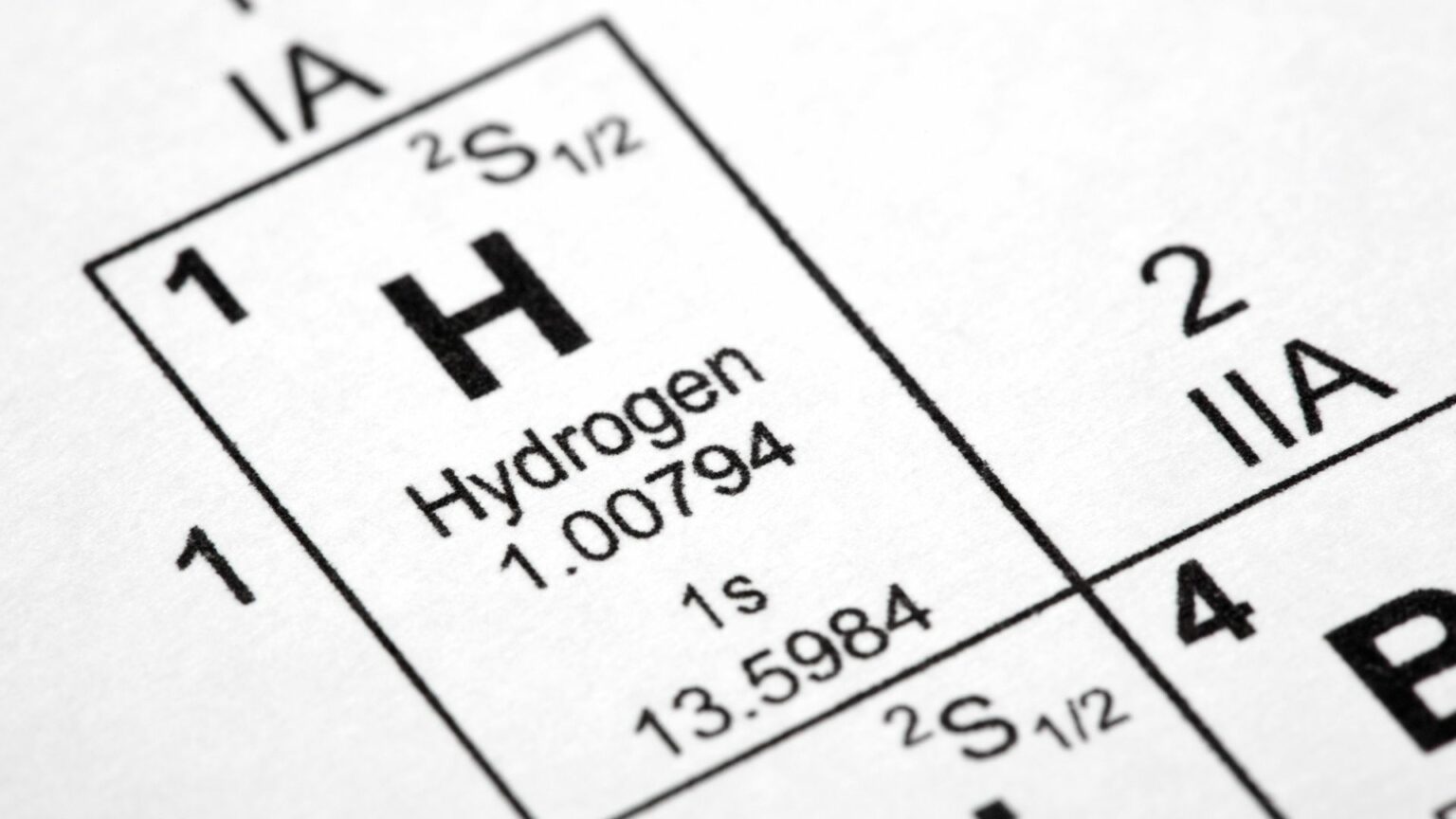Element Fuels Holdings has completed site preparation and pre-construction activities for its innovative hydrogen-powered refinery and combined-cycle power plant at the Port of Brownsville, Texas.
This project aims to produce and recycle hydrogen, generating cleaner fuels and electricity. However, a closer examination is needed to understand its significance within the broader context of the hydrogen energy sector.
Element Fuels plans to construct a refinery with a capacity exceeding 160,000 barrels per day, equivalent to approximately 6.7 million gallons of refined gasoline, diesel, and jet fuel daily. According to John Calce, Founder and Co-CEO, securing permits for such a large and complex greenfield refinery is a remarkable achievement, not seen in the United States since the 1970s. The facility is designed to refine high-gravity domestic shale oil, producing low-carbon intensity fuels and significantly reducing carbon emissions.
The Element complex integrates cutting-edge technologies from top-tier partners. It aims to generate enough low-carbon hydrogen to meet the refinery’s fuel needs, effectively eliminating CO2 emissions. Any surplus hydrogen will be used to produce low-carbon electricity through a hydrogen-capable combined-cycle gas turbine power plant. This plant, expected to generate over 100 MW, will supply electricity to the Energy Reliability Council of Texas (ERCOT), meeting the energy demands of the local community.
While Element Fuels’ project represents a significant advancement in integrating hydrogen technology into traditional refinery processes, it is essential to evaluate its impact compared to industry benchmarks and standards. The hydrogen energy sector is marked by high expectations and numerous challenges, including securing consistent funding and achieving cost-effective hydrogen production and distribution.





